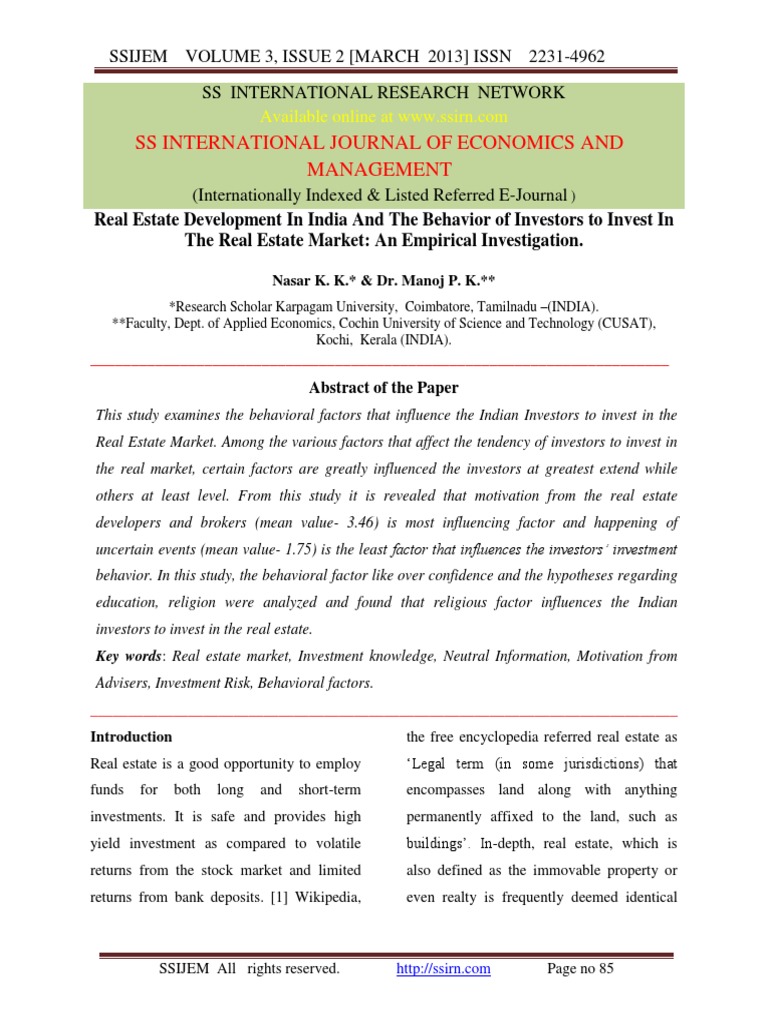
Main navigation
· Copyright does not protect facts, ideas, or titles. Works that are created by the government are not protected. Copyright owners have six specific rights under the law: To make copies of the work. To make derivatives of the work. To distribute copies of the work. To publicly perform the work. To publicly display the blogger.com: Nicole Eckroth In our standard author contract, you transfer – or “assign” – copyright to us as the owner and publisher of the journal (or, in the case of a society-owned journal, to that learned society). Effectively manage, publish and make your work available to the academic community and beyond. Act as stewards of your work as it appears in the · How to Copyright a Paper Write About Original Ideas. A copyright-able paper begins with an original thought or observation, so think about the Create the Paper. Next, write your paper or hire someone to write it. You can copyright a paper someone else wrote if Notarize the Paper. Once you've

External links
There are two sides to copyright in academic research and publication: Your rights in the copyrighted works you are creating, such as dissertations, scholarly articles, and books. The rights of other authors or creators in the copyrighted works you are using. In addition, contracts and licensing play an important role Plagiarism Checker. Find out if your paper is original. Our plagiarism detection tool will check Store private copies of your full-texts that are accessible to you and your co-authors Share private copies of your full-texts with others You are responsible for

Navigation
There are two sides to copyright in academic research and publication: Your rights in the copyrighted works you are creating, such as dissertations, scholarly articles, and books. The rights of other authors or creators in the copyrighted works you are using. In addition, contracts and licensing play an important role Store private copies of your full-texts that are accessible to you and your co-authors Share private copies of your full-texts with others You are responsible for · Copyright does not protect facts, ideas, or titles. Works that are created by the government are not protected. Copyright owners have six specific rights under the law: To make copies of the work. To make derivatives of the work. To distribute copies of the work. To publicly perform the work. To publicly display the blogger.com: Nicole Eckroth
Ignore Heading – Content
Plagiarism Checker. Find out if your paper is original. Our plagiarism detection tool will check There are two sides to copyright in academic research and publication: Your rights in the copyrighted works you are creating, such as dissertations, scholarly articles, and books. The rights of other authors or creators in the copyrighted works you are using. In addition, contracts and licensing play an important role There are three parts to copyright research. First, you must isolate elements that are necessary to perform your research. For example, you must examine the work for clues such as copyright notice or publication date that will help your research. Second, you must define a method for searching copyright records

Create the Paper
· As such, every research paper, or draft thereof, is copyright protected the moment it is saved to a hard drive. That copyright, in turn, limits how others can use that paper. Without permission from the copyright holder, usually the author, no one else can legally post it on a web site, share it in a journal or even use lengthy passages of it for their own research In our standard author contract, you transfer – or “assign” – copyright to us as the owner and publisher of the journal (or, in the case of a society-owned journal, to that learned society). Effectively manage, publish and make your work available to the academic community and beyond. Act as stewards of your work as it appears in the · Step 2: Identify the copyright holder. In most cases, the publisher is the owner of the article’s copyright and has the authority to grant permission for re-use. If the publisher is not the owner of the copyright, a representative from the publishing group can direct you to the copyright owner
No comments:
Post a Comment